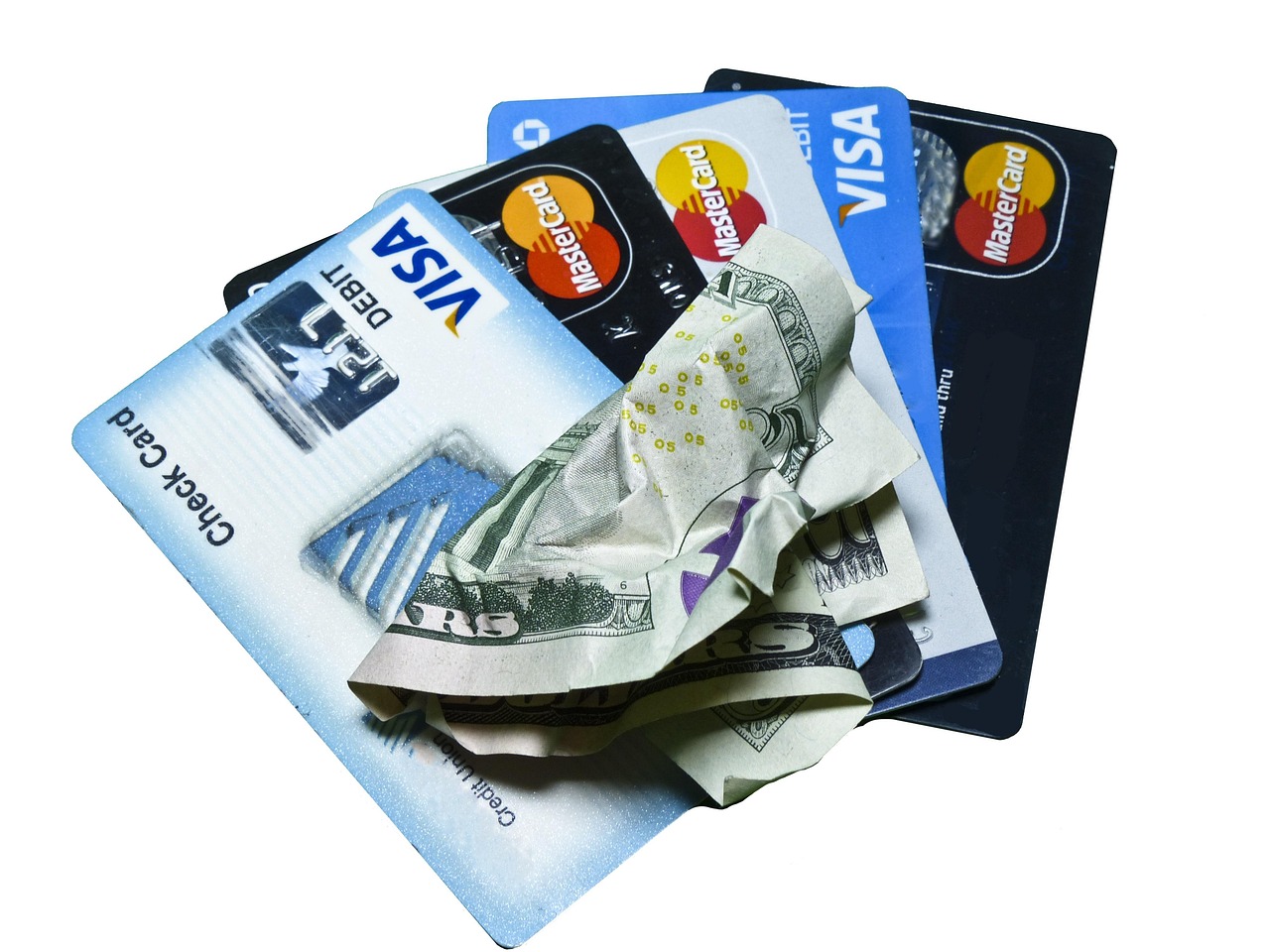
In an era where financial literacy is gaining momentum, digital innovations are reshaping how individuals approach personal finance. Among these innovations, expense trackers have emerged as powerful tools, utilizing gamification to transform traditional budgeting into a more engaging and rewarding experience. By leveraging principles of game design, these applications are changing the way users interact with their financial data, providing a novel method to maintain financial discipline.
Gamification, the application of game-design elements in non-game contexts, has been effectively utilized across various sectors, from education to fitness. In the sphere of personal finance, its integration into expense tracking applications is helping users build and maintain budgeting habits through engaging and interactive methods. This not only enhances user experience but also increases the likelihood of sustained financial discipline.
Budgeting streaks are a particularly popular gamification feature in expense tracking apps. These streaks encourage users to maintain consecutive days, weeks, or months of meeting their budgeting goals. The psychological impact of maintaining a streak plays to a fundamental human desire for achievement and continuity. As users accumulate longer streaks, they are motivated to continue their positive financial behavior to avoid breaking the chain.
Globally, the adoption of these gamified expense trackers is rising. In the United States, applications such as Mint and You Need A Budget (YNAB) have integrated gamification elements to enhance user engagement. Meanwhile, in Europe, apps like Revolut and Monzo are incorporating similar features to appeal to tech-savvy users. In Asia, where mobile-first solutions dominate, apps like Money Lover and Wallet have tailored gamification features to meet the cultural nuances of their diverse user base.
The effectiveness of gamification in expense trackers can be attributed to several key factors:
- Behavioral Reinforcement: Gamified elements such as streaks and rewards reinforce positive financial behavior, encouraging users to adhere to their budgeting goals.
- User Engagement: By transforming mundane tasks into engaging activities, users are more likely to regularly interact with the app, maintaining awareness of their financial health.
- Personalization: Many apps offer personalized challenges and rewards, catering to individual user preferences and financial habits, which enhances the relevance and appeal of the gamified elements.
Despite their growing popularity, gamified expense trackers are not without challenges. There is a risk of users becoming overly focused on maintaining streaks at the expense of genuine financial health. Additionally, privacy concerns are paramount, as these apps require access to sensitive financial information. It is essential for developers to prioritize robust security measures and transparent data policies.
Looking ahead, the integration of artificial intelligence and machine learning could further enhance the gamification of expense trackers. By providing users with predictive insights and personalized financial advice, these technologies could facilitate a more proactive approach to personal finance management.
In conclusion, the gamification of expense trackers represents a significant shift in personal finance management, making budgeting more accessible and engaging for a tech-literate audience. As global adoption continues to rise, these digital tools have the potential to foster a new era of financial literacy and empowerment, encouraging users to take charge of their financial futures with renewed enthusiasm.
















